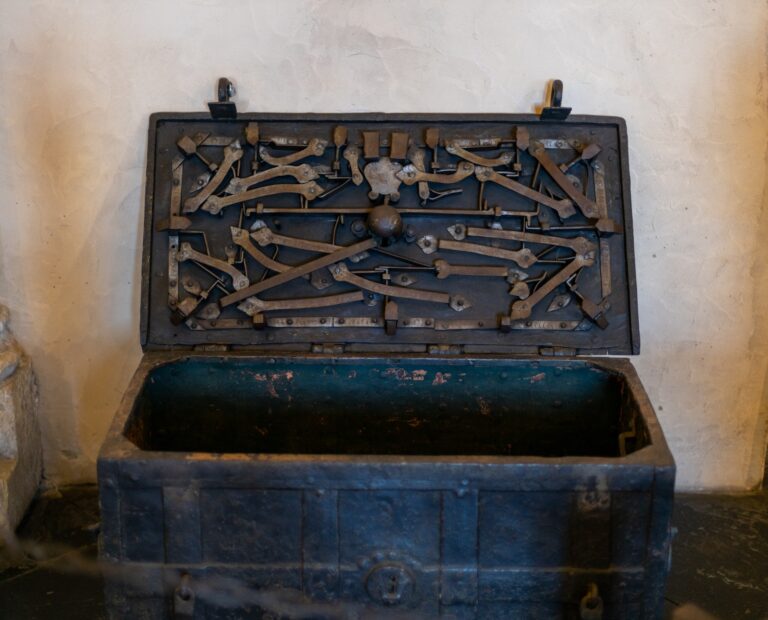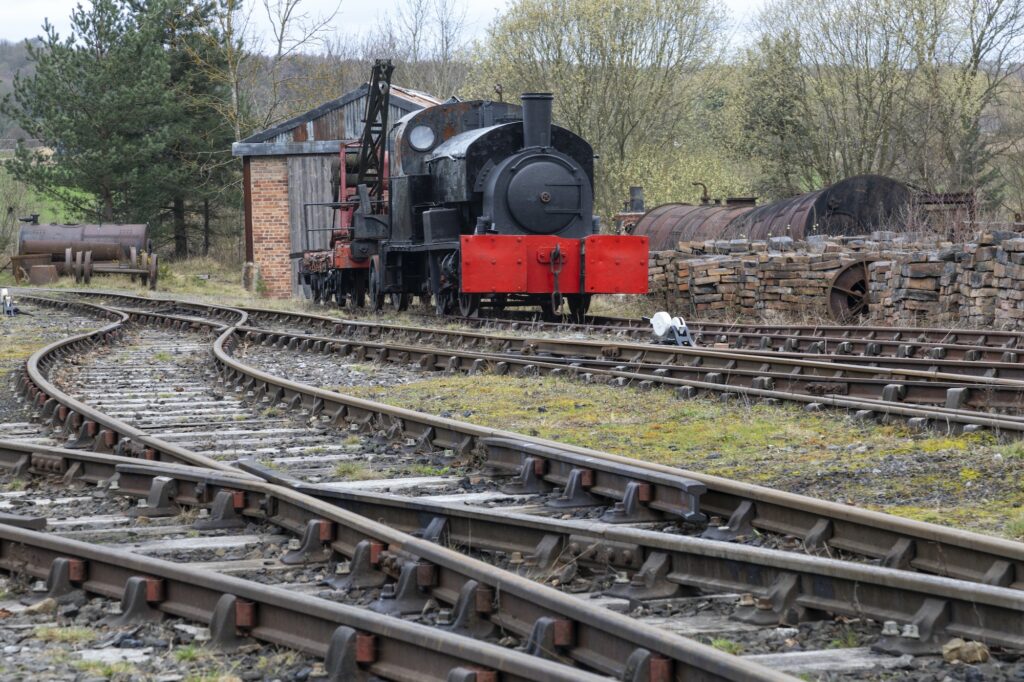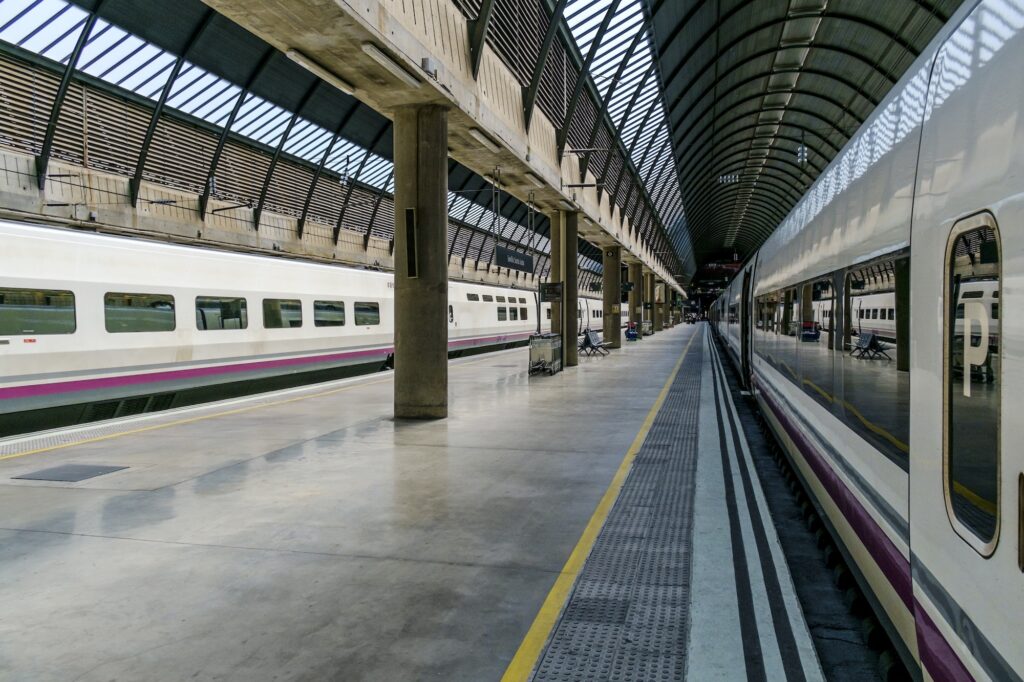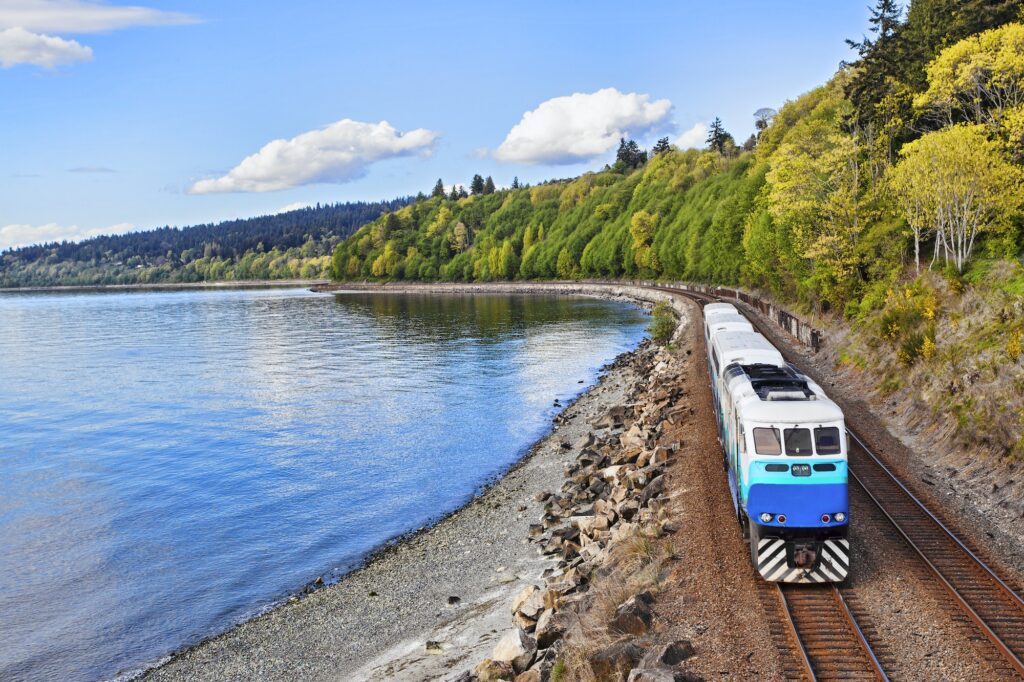As you can probably tell from the name of my blog, I have spent countless hours watching and admiring the locomotives that have changed the world. I think the popular term nowadays is a “trainspotter”. From the early steam engines of the 1800s to the high-speed trains of today, these marvels of engineering have revolutionized transportation and helped shape the modern world. Below, I will discuss some of the most iconic locomotives and how they have evolved over time.
My favorite locomotive is the Union Pacific Big Boy, a massive steam engine built in the 1940s. The Big Boy was designed to haul heavy loads over the steep grades of the Rocky Mountains and was capable of producing up to 7,000 horsepower. I am particularly fascinated by this locomotive because of its sheer size and power. The Big Boy is one of the largest steam engines ever built, with a length of 132 feet and a weight of over 1 million pounds. It required a crew of up to five people to operate and could haul up to 6,000 tons of freight. The Big Boy is a testament to the incredible engineering feats of the past and remains an iconic symbol of American railroading.
The Early Steam Engines
The first steam locomotives were developed in the early 1800s and quickly revolutionized transportation. These early engines, such as the Rocket, were small and nimble, capable of hauling heavy loads over long distances. However, they were also slow and required frequent stops to refuel and replenish their water supply.
As technology advanced, so did the steam engine. Larger and more powerful locomotives were developed, such as the Great Western Railway’s Iron Duke and the Pennsylvania Railroad’s T1. These engines were capable of hauling heavier loads at higher speeds, making them ideal for transporting goods and passengers across long distances.
Diesel Locomotives
In the mid-20th century, diesel locomotives began to replace steam engines. These engines were more efficient and required less maintenance than their steam-powered counterparts. They also emitted less pollution, making them a more environmentally friendly option.
Diesel locomotives, such as the EMD F-unit and the Alco RS-3, were used for both freight and passenger transportation. They were capable of hauling heavy loads over long distances and could reach speeds of up to 100 miles per hour.
High-Speed Trains
In recent years, high-speed trains have become increasingly popular, especially in countries like Japan and France. These trains, such as the Shinkansen and the TGV, are capable of traveling at speeds of up to 200 miles per hour, making them a fast and efficient mode of transportation.
High-speed trains use a variety of technologies to achieve their impressive speeds. Some, like the Shinkansen, use a system of dedicated tracks and trains with a streamlined design to reduce air resistance. Others, like the TGV, use advanced signaling and control systems to ensure safe and efficient operation at high speeds.
The Future of Trains
As technology continues to advance, so will the locomotives of the future. One exciting development is the use of maglev technology, which uses magnetic levitation to lift trains off the tracks and propel them forward. Maglev trains are capable of traveling at speeds of up to 300 miles per hour, making them the fastest trains in the world.
Another development is the use of hydrogen fuel cells to power trains. These fuel cells generate electricity by combining hydrogen and oxygen, producing only water vapor as a byproduct. Hydrogen-powered trains are already in use in Germany and are considered a more environmentally friendly alternative to diesel trains.
Because of my keen interest, I have seen the incredible evolution of locomotives over time first-hand. From the early steam engines to the high-speed trains of today, trains have revolutionized transportation and helped shape the modern world. I am excited to see what the future holds for trains, with developments in maglev technology and hydrogen fuel cells promising even faster, more efficient, and more sustainable locomotives. The locomotives of the past, present, and future are truly awe-inspiring, and I look forward to watching them continue to change the world.









